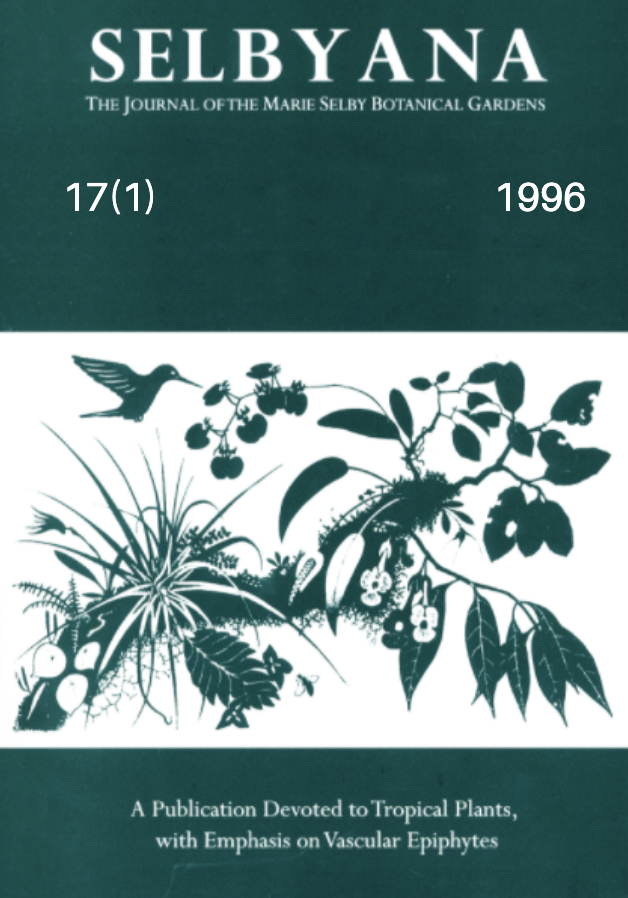Abstract
Small mammal research in forests is typically conducted with traps placed on the ground or affixed to trees at heights up to only 2 meters. In a study conducted in northwestern Massachusetts, USA, we compared these conventional methods with an innovative new technique of trapping high in the forest canopy. Using an adaptation of Malcolm's (1991, 1995) pulley method and a canopy walkway, we compared canopy-trapping to ground-trapping. Total captures per station and total number of individuals captured per station differed between canopy and ground for both dominant small mammal genera: flying squirrels (Glaucomys volans) and mice (Peromyscus spp.). Ground traps were biased toward Peromyscus spp., underestimated the abundance of G. volans, and misrepresented the species composition of the small mammal community at the site. We also compared canopy-trapping with understory-trapping and found that total captures per station and total number of individuals captured per station differed between understory and canopy locations. Peromyscus was more abundant in the understory. The small mammal community was represented quite differently according to trap location, and vertical stratification of this temperate forest community was evident. We discuss implications of these results for other species (e.g. gypsy moth).
Open Access and Copyright Notice
Selbyana is committed to real and immediate open access for academic work. All of Selbyana's articles and reviews are free to access immediately upon publication. There are no author charges (APCs) prior to publication, and no charges for readers to download articles and reviews for their own scholarly use. To facilitate this, Selbyana depends on the financial backing of the Marie Selby Botanical Gardens, the hard work and dedication of its editorial team and advisory board, and the continuing support of its network of peer reviewers and partner institutions.
Authors are free to choose which open license they would like to use for their work. Our default license is the Creative Commons Attribution-NonCommercial 4.0 (CC BY-NC 4.0). While Selbyana’s articles can be copied by anyone for noncommercial purposes if proper credit is given, all materials are published under an open-access license with authors retaining full and permanent ownership of their work. The author grants Selbyana a perpetual, non-exclusive right to publish the work and to include it in other aggregations and indexes to achieve broader impact and visibility.
Authors are responsible for and required to ascertain that they are in possession of image rights for any and all photographs, illustrations, and figures included in their work or to obtain publication or reproduction rights from the rights holders. Contents of the journal will be registered with the Directory of Open Access Journals and similar repositories. Authors are encouraged to store their work elsewhere, for instance in institutional repositories or personal websites, including commercial sites such as academia.edu, to increase circulation (see The Effects of Open Access).
